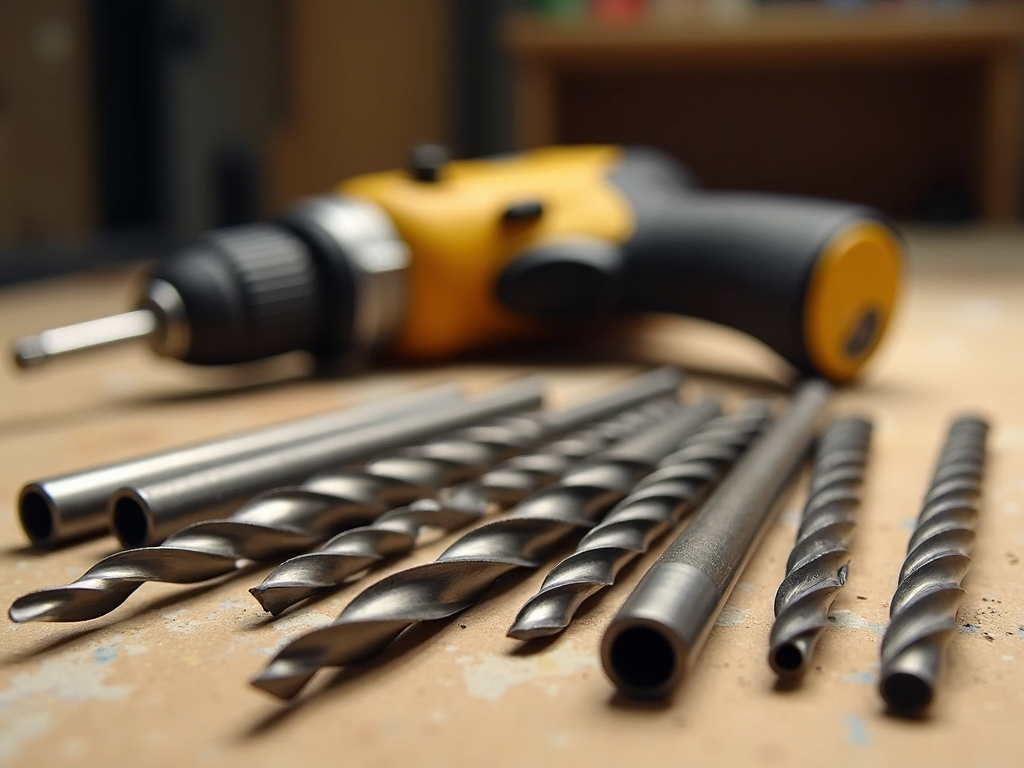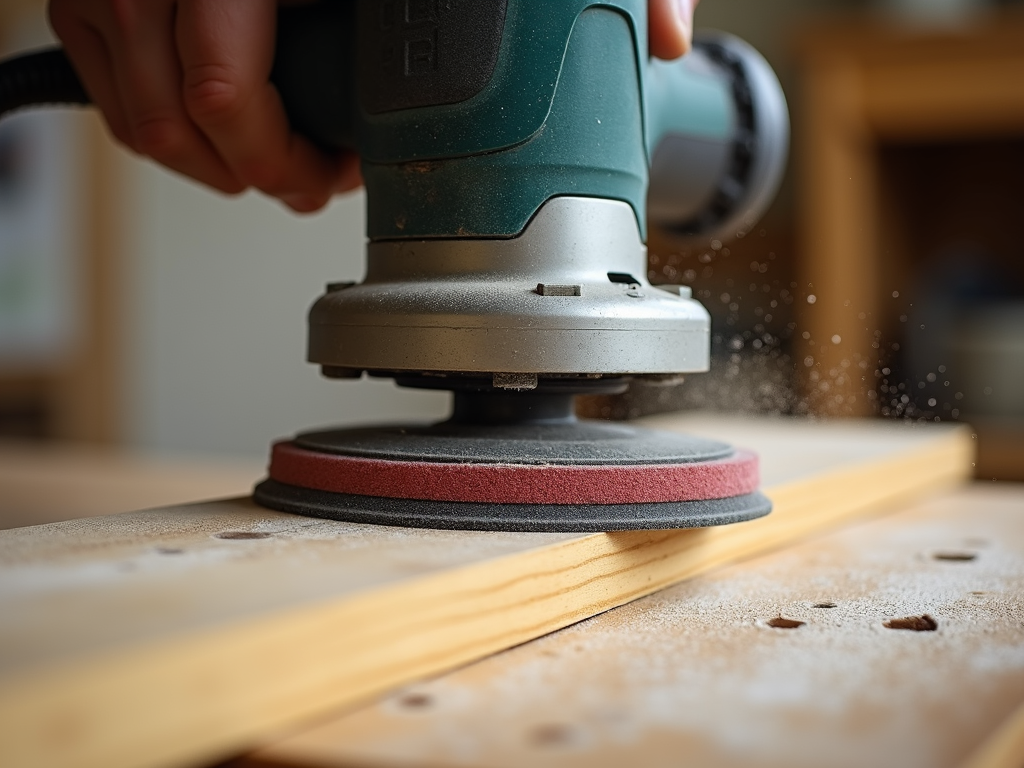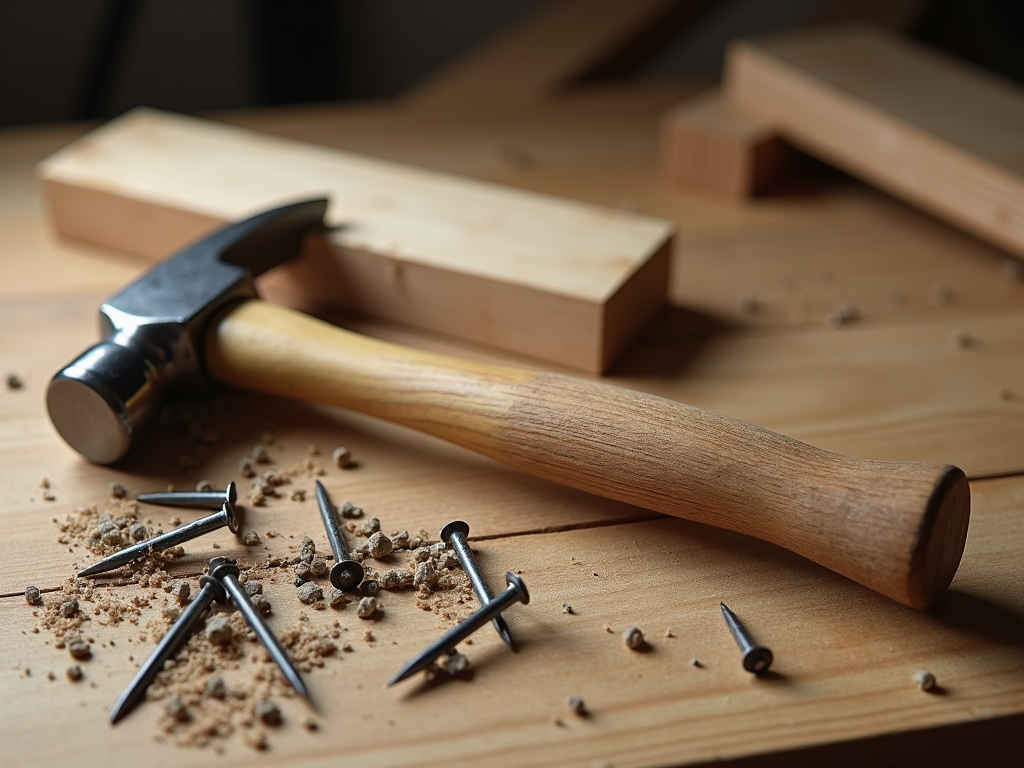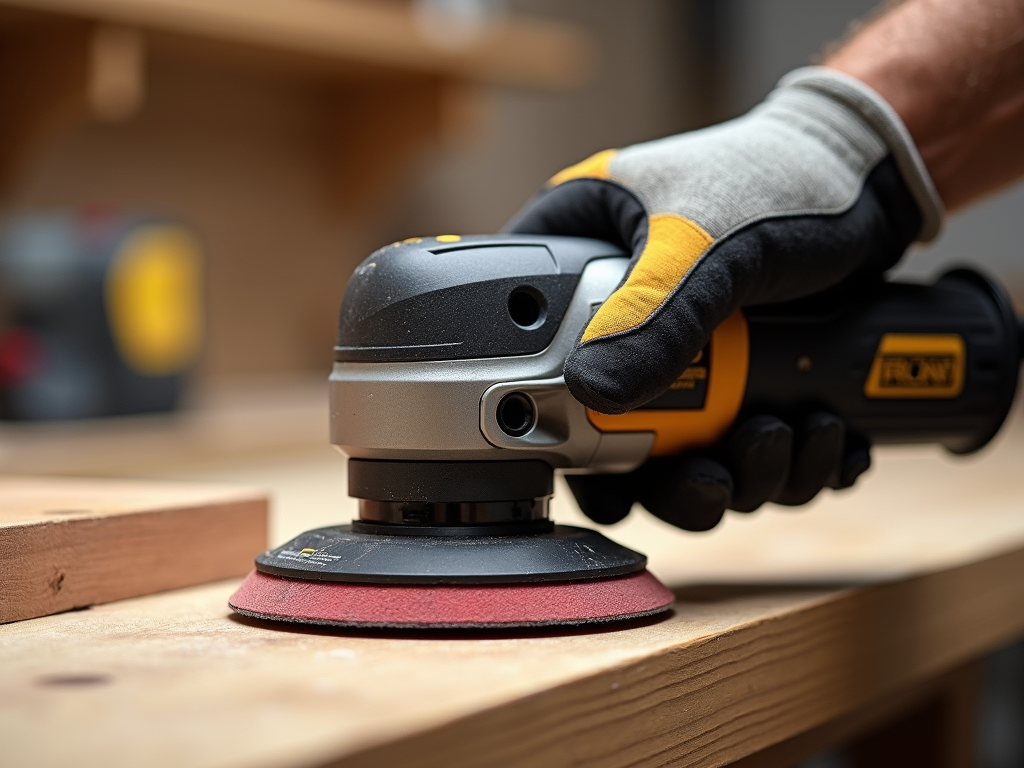Overview
Chisels are the backbone of woodworking, letting you carve, shape, and refine wood with precision. This article dives into the essential chisels in a woodworker’s toolkit, covering their types, uses, and how to pick the best ones for your projects.
Why Chisels Matter in Woodworking
Woodworking is all about turning raw wood into something useful or beautiful. Chisels make that happen. They’re simple tools—a blade and a handle—but they’re powerful in the right hands. Whether you’re smoothing a joint or carving a design, these workman tools are key. I’ve spent years working with chisels, and I can tell you they’re the heart of my toolkit.
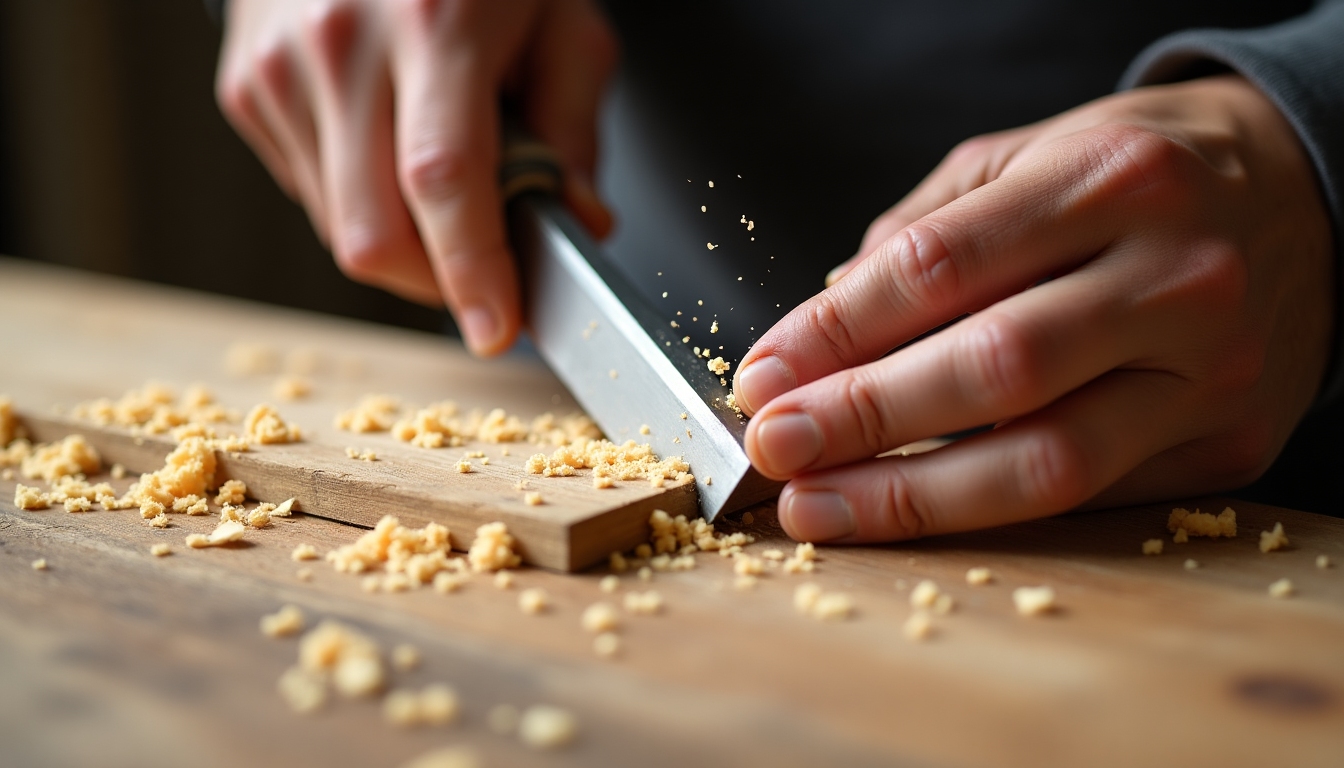
Types of Chisels You Need
Not all chisels are the same. Each type has a job to do. Here’s a breakdown of the essential chisels in a woodworker’s toolkit:
- Bench Chisels: These are your go-to chisels. They’re great for chopping wood, trimming edges, and general tasks. I keep a set of different sizes on my bench all the time.
- Mortise Chisels: Built tough for cutting deep, square holes called mortises. They take a beating from a mallet and keep going.
- Paring Chisels: Long and thin, these are for delicate work. I use them to shave tiny bits of wood for a perfect fit.
- Gouge Chisels: With curved blades, they’re perfect for scooping out wood—like for bowls or fancy details.
- Corner Chisels: V-shaped blades clean up corners and square joints fast.
Each one has a purpose, and knowing them helps you work smarter.
Bench Chisels: The Foundation
If you’re starting out, get a good set of bench chisels. They’re versatile—think of them as the Swiss Army knife of chisels. I’ve used mine to chop rough lumber and fine-tune dovetails. Look for sizes between 1/4 inch and 1 inch. Brands like Stanley or Narex make solid ones that won’t break the bank. Check out Narex’s chisel line for some reliable options.

Mortise Chisels: Heavy Duty Heroes
When I first tried cutting a mortise without a mortise chisel, I regretted it. These chisels are thick and strong, made to handle heavy pounding. They’re a must for joinery—like making a table that’ll last decades. A 3/8-inch mortise chisel is a sweet spot for most projects. Trust me, it’s worth the investment.
Paring Chisels: Precision Masters
Paring chisels are my secret weapon for detailed work. Their long blades let you control every cut. I once spent an hour paring a tenon to fit just right—it was slow, but the result was flawless. They’re not for heavy chopping, so use them gently with hand pressure, not a mallet.
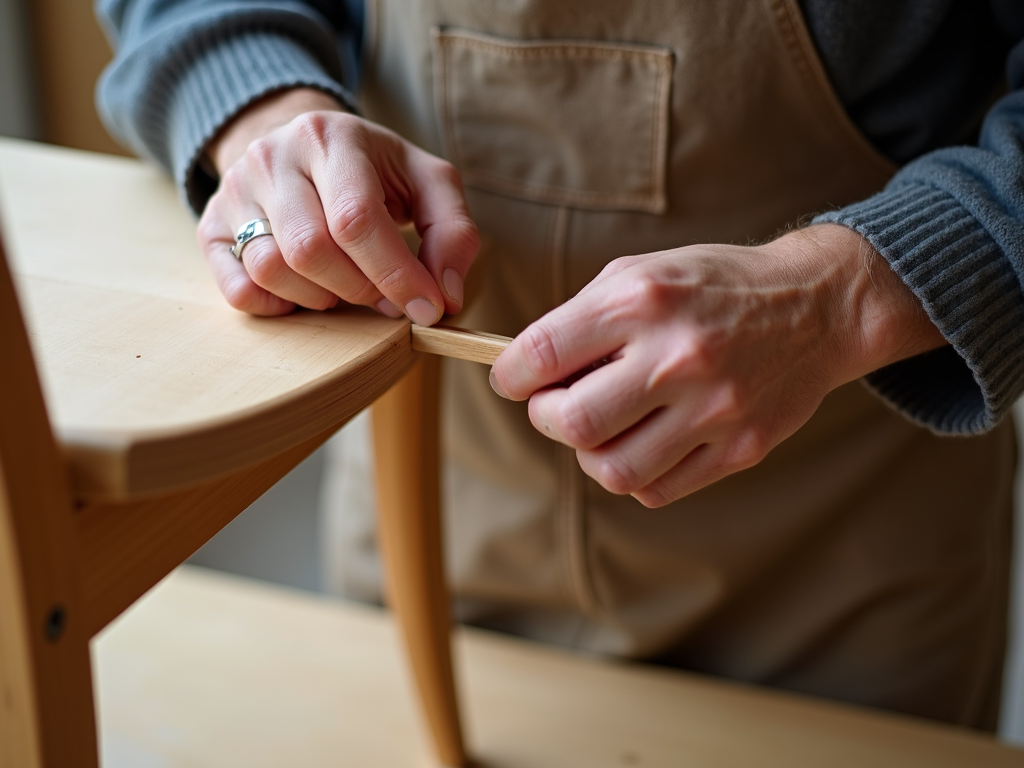
Gouge Chisels: Curves and Creativity
Gouge chisels bring out the artist in me. Their curved blades carve hollows and shapes that flat chisels can’t touch. I’ve used them for everything from spoon carving to adding texture to a cabinet door. Pick a few sweep sizes—#5 or #7—to start. They’re fun to use once you get the hang of it.
Corner Chisels: Clean Finishes
Ever struggle to square up a joint? Corner chisels fix that. Their V-shape digs into tight spots, leaving crisp edges. I keep one handy for cleaning up after rough cuts. It’s a small tool, but it makes a big difference in the final look.
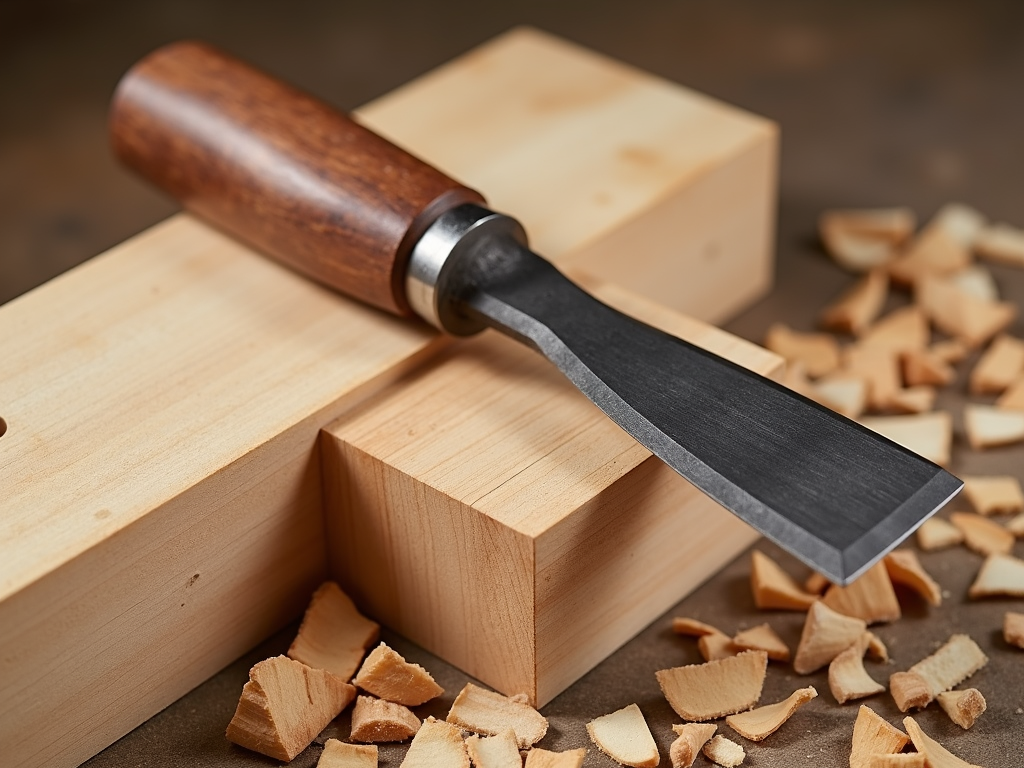
How to Choose the Right Chisel
Picking chisels isn’t rocket science, but it takes thought. Ask yourself: What do I build most? For general projects, start with bench chisels. Add a mortise chisel if you’re into joinery, or a paring chisel for fine details. Quality matters—look for high-carbon steel that stays sharp. Handles should feel good in your hand; I prefer wood over plastic for grip. Size-wise, smaller blades suit precision, while bigger ones tackle rough work.
My Top 5 Chisels for Every Woodworker
Here’s a quick list of chisels I’d never go without:
| Chisel Type | Size | Best For |
|---|---|---|
| Bench Chisel | 1/2 inch | All-purpose cutting |
| Mortise Chisel | 3/8 inch | Strong joints |
| Paring Chisel | 3/4 inch | Fine detailing |
| Gouge Chisel | #7 sweep | Curved shapes |
| Corner Chisel | 1/4 inch | Squaring corners |
This mix covers most tasks you’ll face.
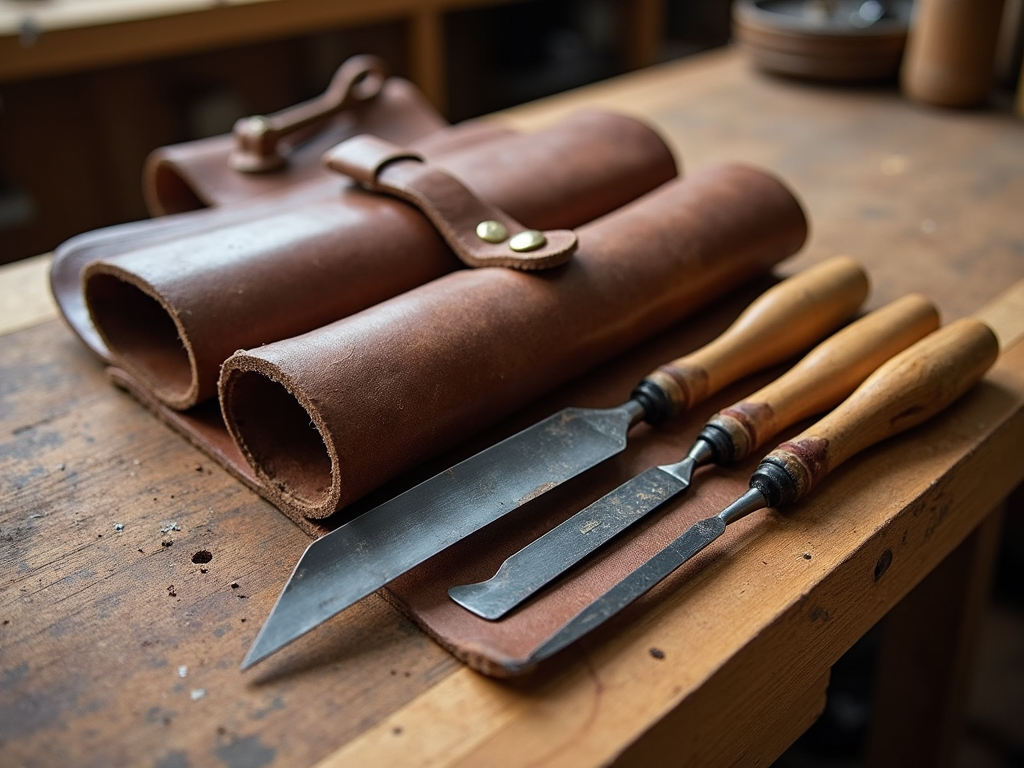
Keeping Chisels Sharp
A sharp chisel is a safe chisel. Dull ones slip and mess up your work. I sharpen mine every few uses with a waterstone—1000 grit for honing, 4000 grit for polishing. It takes 10 minutes and saves hours of frustration. Strop the edge on leather for that razor finish. Store them dry; rust is the enemy. A tool roll keeps them safe and organized.
Using Chisels Safely
Safety isn’t optional. I’ve had close calls—once a dull chisel skipped and nearly got my thumb. Here’s what I’ve learned:
- Cut away from yourself, always.
- Keep hands behind the blade.
- Use a mallet for big cuts, not your hand.
- Wear safety glasses—wood chips fly.
- Sharp tools cut cleaner and safer than dull ones.
Take it slow, especially when you’re new.

Where to Buy Quality Chisels
You don’t need to spend a fortune, but don’t skimp either. Local hardware stores carry decent brands like Irwin. Online, Lee Valley has top-notch options. I’ve got a mix—some fancy Veritas chisels and some budget finds. Test them in hand if you can; it’s about feel as much as price.
Personal Take: My Chisel Journey
I started with a cheap set that dulled fast. Frustrating? Yes. But it taught me to value good tools. Now, my bench chisels are like old friends—I know their quirks and trust them completely. Every scratch on the handle tells a story of a project finished. Get tools you’ll grow with, not outgrow.
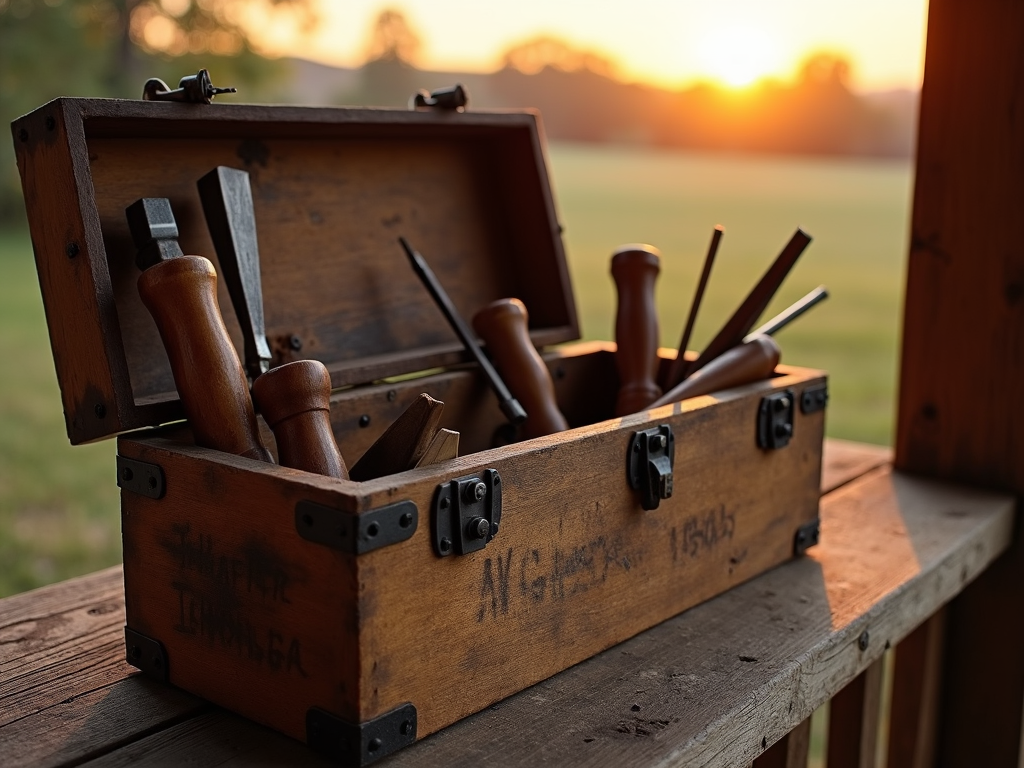
Final Thoughts
Chisels are more than tools—they’re partners in woodworking. From bench chisels to gouges, each one has a role in shaping your work. Get the essentials, keep them sharp, and use them safely. With the right chisels in your toolkit, you’re ready for any project. Happy carving!
Related essential chisels in a woodworker's toolkit:
- Essential Safety Tips for Your Home Workshop
- Stay Safe: Essential Safety Practices for Workman Tools
- Picking the Perfect Drill Bit for Any Job
- Unleash Your Creativity: Rotary Tools for Sanding, Polishing, and Beyond
- The Ultimate Guide to Hand Tools Every Mechanic Needs
- Top 10 Hand Tools Every Workman Should Own
- How to Choose the Right Power Washer for Your Needs
- Essential Electrical Tools for Troubleshooting and Repair: A Comprehensive Guide
- The Future of Industrial Automation: How AI and Advanced Tools Are Shaping Tomorrow's Factories
- Mastering Rotary Tools for Artistic Creations: From Sanding to Polishing and Beyond
- Revolutionizing Painting: Innovative Tools for Efficiency and Creativity
- Toolbox Maintenance: A DIY Guide


